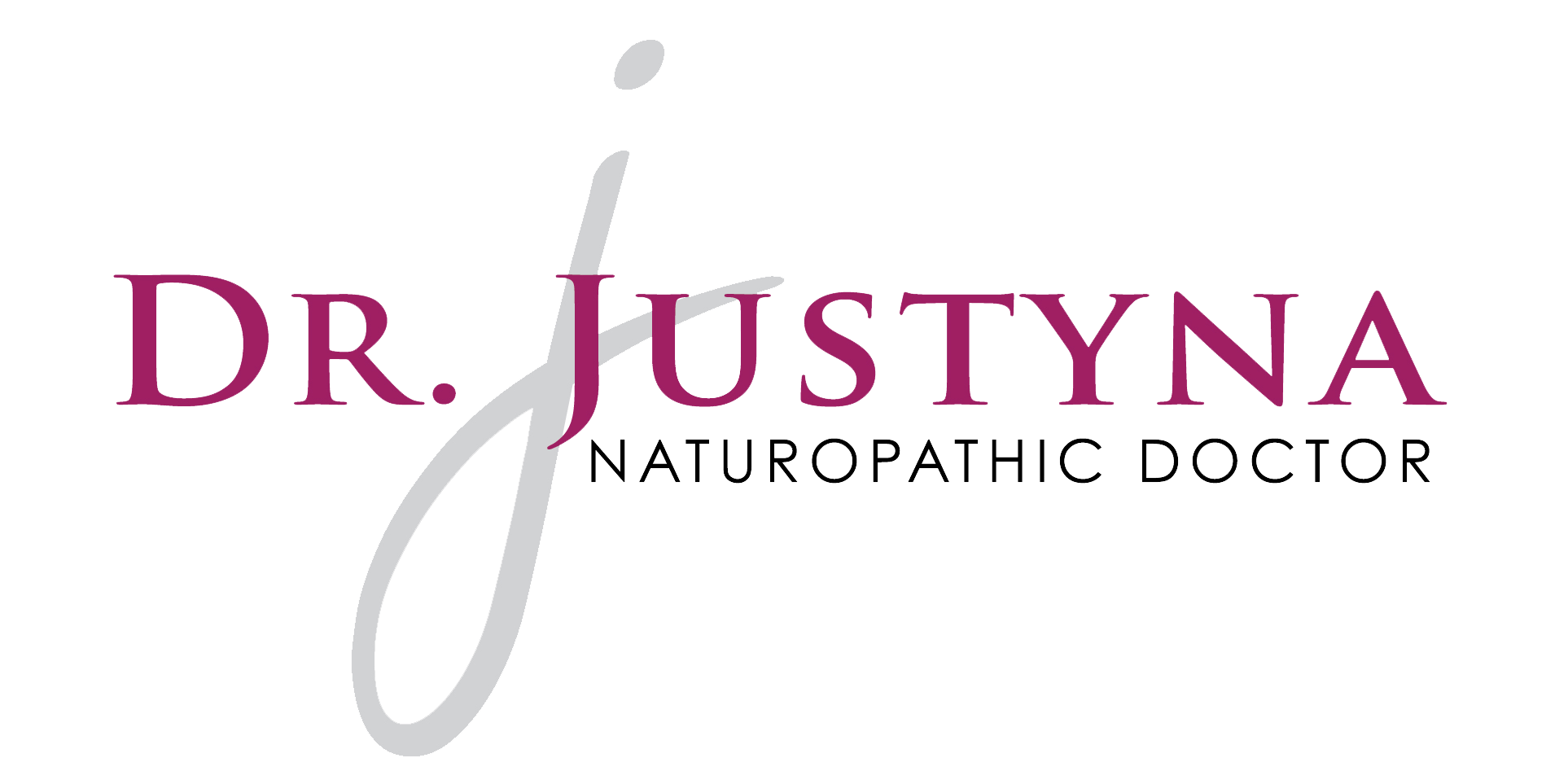 If you’ve ever suffered from a migraine headache you know how debilitating it can be. And you are not alone, migraine headaches affect 25% – 30% of women and 15% – 20% of men. You’ve probably tried countless drugs to eliminate and reduce those pesky headaches so that you can live a more normal life with little or no improvement. If you’re tired of popping those pills and are looking for some long lasting natural solutions, here are a few to try!
If you’ve ever suffered from a migraine headache you know how debilitating it can be. And you are not alone, migraine headaches affect 25% – 30% of women and 15% – 20% of men. You’ve probably tried countless drugs to eliminate and reduce those pesky headaches so that you can live a more normal life with little or no improvement. If you’re tired of popping those pills and are looking for some long lasting natural solutions, here are a few to try!
.
.
1. Treat underlying food allergies and sensitivities
.
Food allergies and sensitivities play a role in many cases. Detection and removal of allergens and sensitivities eliminates or greatly reduces symptoms in the majority of patients. A study by Grant, E Food Allergies and migraines found that when offending foods were avoided, all patients improved, with 85% of the patients becoming headache free. Foods most frequently causing symptoms were wheat, orange, egg, tea/coffee, chocolate, milk, beef, corn, cane sugar, yeast, mushrooms and peas. To determine if food allergies or sensitivities play a role in your migraines a simple food sensitivity test and/or elimination/challenge can be performed.
.
2. Avoid dietary amines
.
Dietary amines trigger migraines in sensitive individuals by causing blood vessels to expand because they contain histamine and/or other vasoactive compounds. The study by Grant, E found that the number of headaches significantly reduced with exclusion of only amine-containing foods. However, only 13% of participants became headache free. High amine containing foods include: chocolate, cheese, beer, citrus and wine.
.
3. Treat any existing dysbiosis
.
Metabolic waste of pathogenic organisms may produce headaches. With the use of antibiotics, increased prevalence of genetically modified foods (GMOs) and pesticides, more and more people are experiencing intestinal dysbiosis (microbial imbalance). It is thus, important to determine whether dysbiosis is something that is present in your particular case. For example: H. pylori (a bacterium sometimes found in the stomach) was detected in 40% of migraine patients; eradication of the bacterium improved headache intensity, frequency and duration in 100% of the patients treated.
.
4. Supplement your magnesium
.
Magnesium (Mg) functions to maintain blood vessel tone and prevent overexcitability of nerve cells and as such, low Mg levels have been linked to migraine and tension headaches. Furthermore, low brain and tissue Mg levels are found in patients with migraines, however, this is often overlooked as serum Mg levels are normal as low serum levels are typically seen in end-stage deficiency. Thus, supplementing Mg can be an effective treatment for migraines especially in patients with low tissue or low ionized levels of Mg. For a more accurate measure of your body’s Mg stores, use red blood cell (erthrocyte) Mg and ionized Mg (most biological active form) in serum. For those with acute migraine or tension headaches, intravenous Mg (in a Myers’ cocktail) can give immediate relief of pain and the migraine associated symptoms of nausea and photosensitivity.
.
5. Bowen therapy
.
Bowen therapy is a soft tissue technique that works to balance your muscles and nervous system by putting you into parasympathetic (rest and digest) mode. Many migraines and headaches can be triggered by tense muscles in the neck and back, as well as, TMJ or jaw. Bowen is a fantastic technique that helps to reduce this tension and thus, can decrease, eliminate and prevent headaches.
.
If you’re tired of suffering from migraine or tension headaches and want to get to the root cause of your headaches, contact our office or your local naturopathic clinic today.
